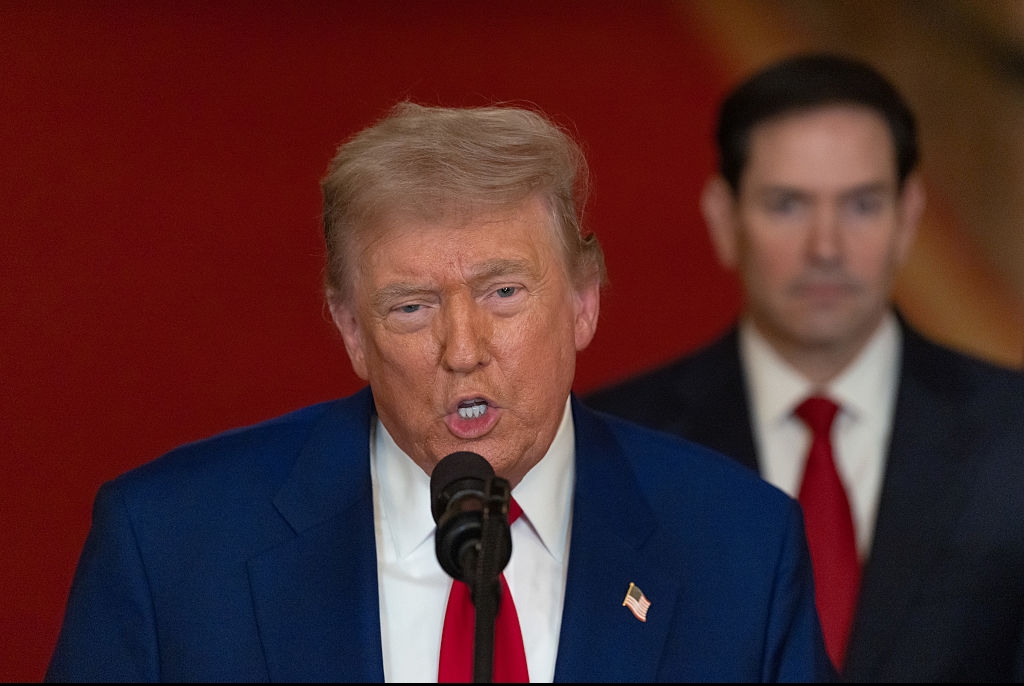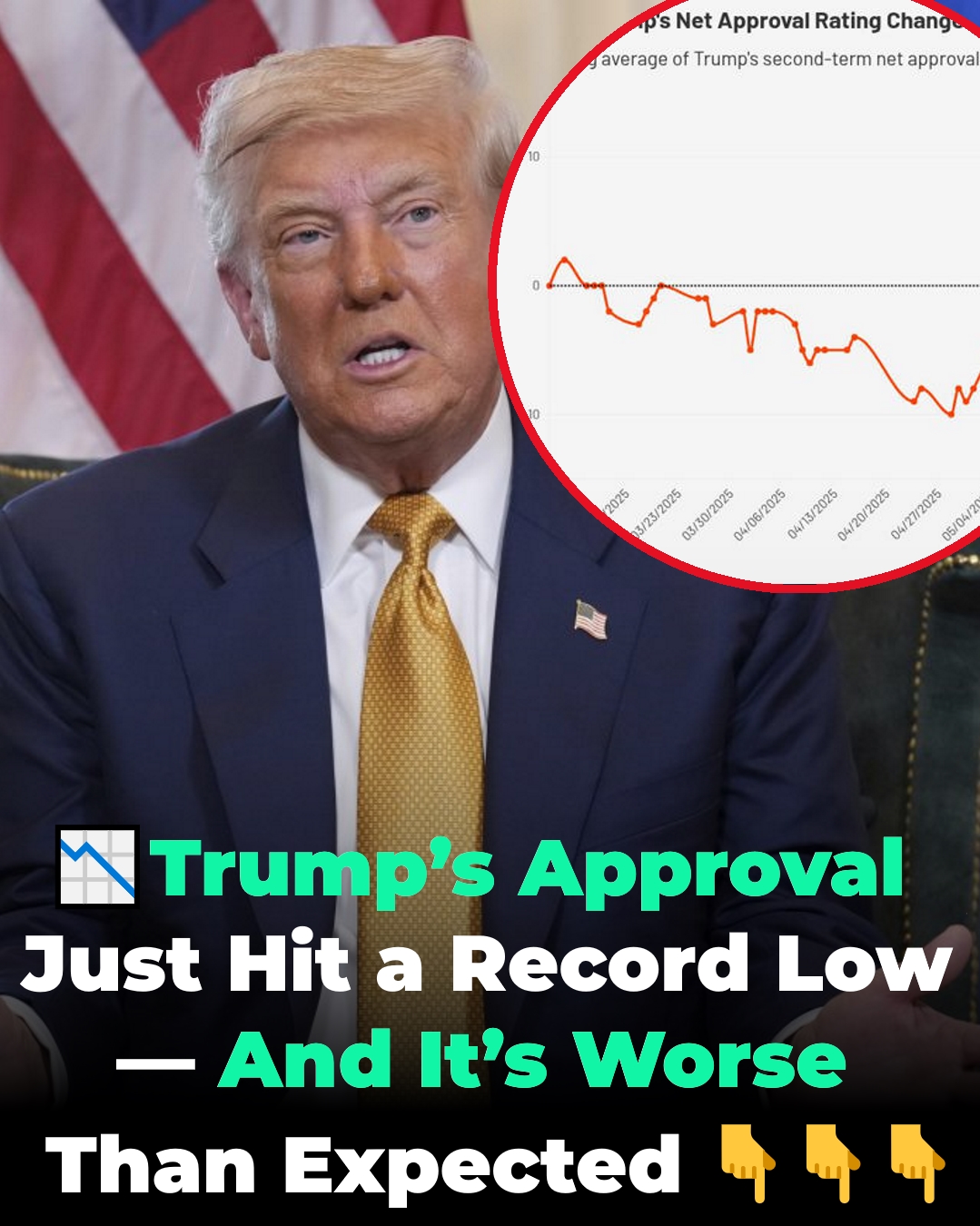Iran reportedly issued a stark warning to President Donald Trump just days before the United States launched a major military assault on the country’s nuclear infrastructure.

Late Saturday, President Trump authorized a sweeping operation: more than 125 aircraft flew over 7,000 miles to strike three critical Iranian nuclear sites at Fordow, Natanz, and Isfahan.
He confirmed the attack in a later national address, saying: “The US military carried out massive precision strikes on the three key nuclear assemblies in the Iranian regime: Fordo, Natanz, and Isfahan. Our objective was the destruction of Iran’s nuclear enrichment capacity and a stop to the nuclear threat posed by the world’s number one state sponsor of terror.
“For 40 years, Iran has been saying, ‘Death to America. Death to Israel.’ They have been killing our people, blowing off their arms, blowing off their legs with roadside bombs,” he continued. “That was their specialty. We lost over a thousand people, and hundreds of thousands throughout the Middle East and around the world have died as a direct result of their hate, in particular.”
The 79-year-old remarked that Iran’s nuclear facilities had been “obliterated” and that the country “must now make peace,” warning that if they do not, “future attacks would be far greater and a lot easier”.
He also echoed that message on his social media platform, Truth Social, writing: “Any retaliation by Iran against the United States of America will be met with force far greater than what was witnessed tonight.”
Only after the strikes did it emerge that Iran had issued a stark warning days earlier, during the G7 summit in Canada.

According to The Mirror, an intermediary revealed that Iran warned that if the US attacked, Tehran would activate sleeper-cell attacks on American soil.
For context, sleeper cells are operatives who live quietly within a country and only mobilize if ordered.
The Department of Homeland Security responded swiftly, issuing a National Terrorism Advisory System Bulletin that the conflict “is causing a heightened threat environment in the United States,” particularly if Iran’s leadership calls for retaliatory violence.
Cyberattacks and threats to current and former U.S. officials, especially linked to General Qasem Soleimani’s 2020 killing, were also highlighted.
Vice President J.D. Vance assured the public that the situation is being closely monitored and that U.S. law enforcement remains prepared to respond. He also criticized the Biden-era immigration policies for allegedly allowing individuals “on terrorism watch lists” to enter the country.
Meanwhile, in New York City, Mayor Eric Adams emphasized readiness without panic: “There are no notable threats directly to the city, but you always want to be conscious of lone wolves,” per NBC News.
He confirmed NYPD patrols are focused around Jewish and Persian communities, as well as high-traffic areas like Times Square, to guard against lone-wolf attacks.

Iranian President Masoud Pezeshkian has insisted that his country won’t back down after Trump’s strike.
“Our nation will not [kneel] down in the face of bullying and oppression. It is natural that it will respond to the aggression proportionately. It was the US that attacked us,” he said, per Newsweek.
He challenged the West rhetorically, asking: “What would you do if you were us? Naturally, they must receive a response for their aggression.”
On X (formerly Twitter), Foreign Minister Seyed Abbas Araghchi condemned the strikes as a “grave violation of the UN Charter, international law and the NPT,” saying they “will have everlasting consequences.”
Furthermore, Iranian officials also noted that their nuclear enrichment work will not be stopped despite the damage.
Abbas Golroo, head of Iran’s Parliament Foreign Policy Committee, suggested Iran now has grounds to legally withdraw from the Nuclear Non‑Proliferation Treaty under Article 10, potentially enabling a nuclear weapons path.

People protest the involvement of the U.S. in Israel’s war against Iran. Credit: David McNew / Getty
With both sides issuing hardline statements and global tensions sharply elevated, the next moves in this high-stakes standoff remain uncertain.
Trump’s warning of “there will be either peace or there will be tragedy for Iran far greater than we have witnessed over the last eight days” now faces the real risk of sleeper-cell terror or cyber warfare.



